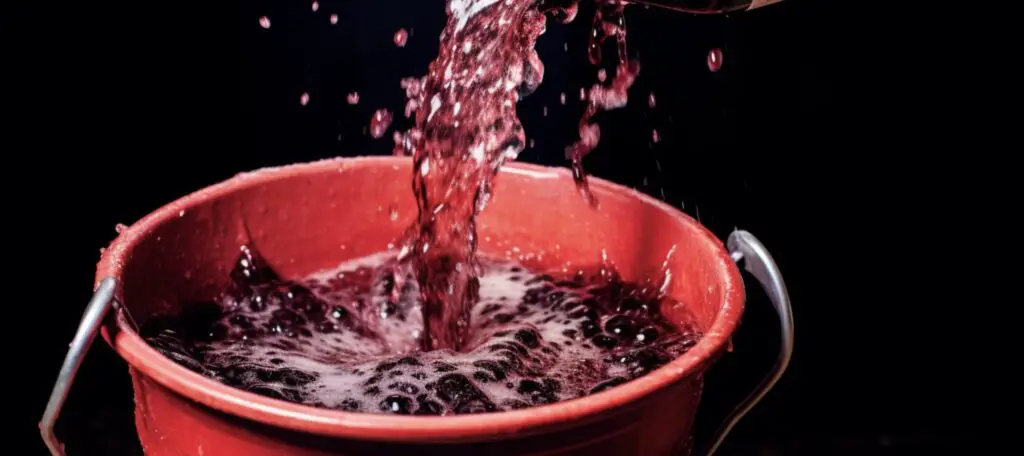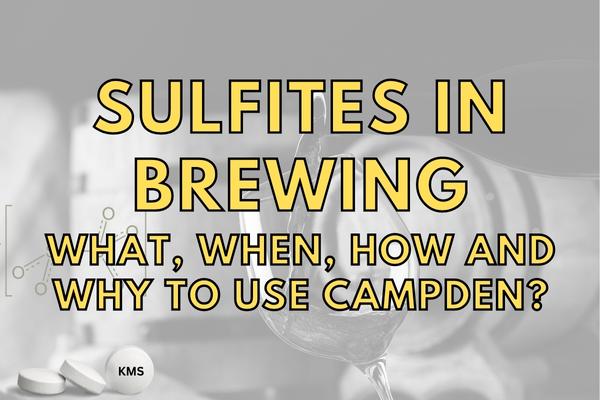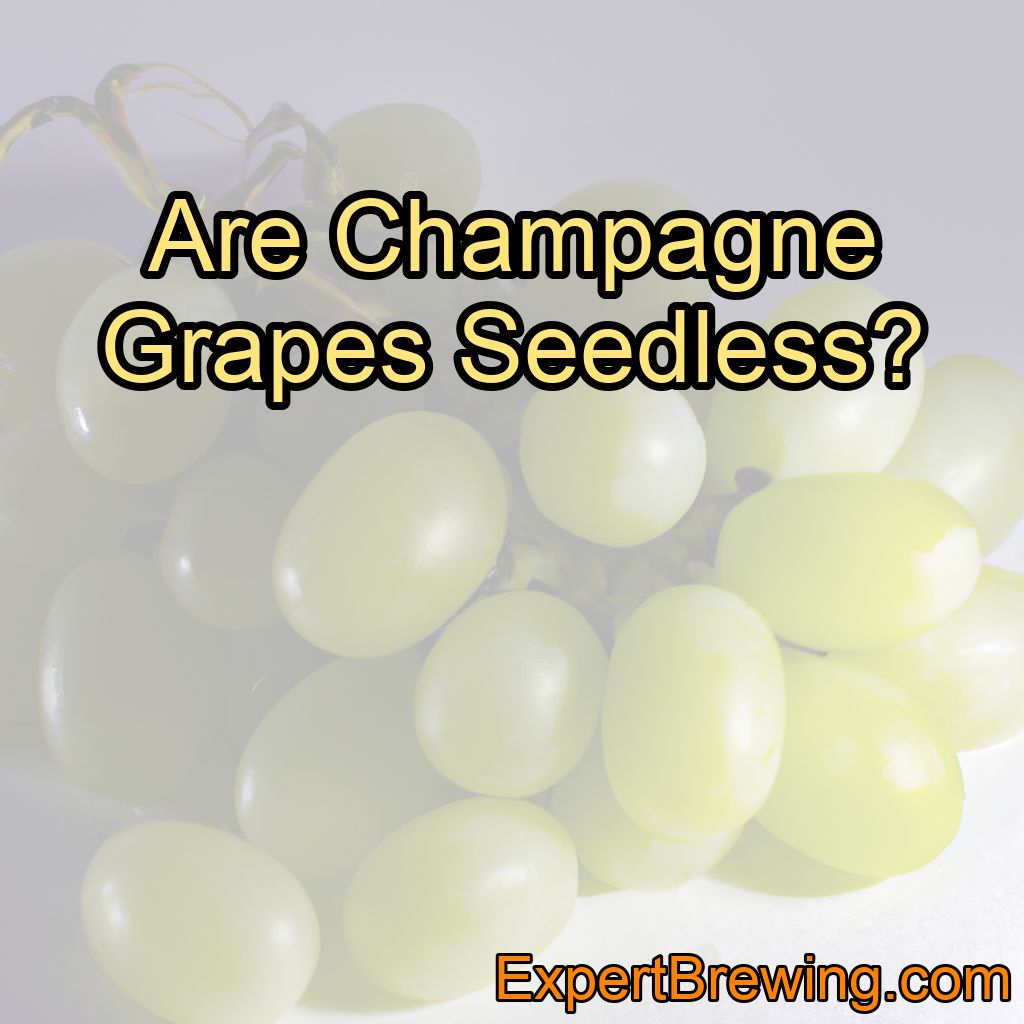Potassium metabisulfite, often simply referred to as “meta,” is a common stabilizer and preservative used in winemaking.
It serves multiple purposes, such as preventing oxidation, preserving the flavor and color of the wine, and eliminating harmful bacteria and wild yeast that could spoil your precious batch.
One of the most frequently asked questions concerning the use of this additive is, “how much potassium metabisulfite per gallon of wine should be used?”
The general rule of thumb is to add 1/4 teaspoon of potassium metabisulfite per gallon of wine. This equates to roughly 50 parts per million (ppm), which is the ideal level for most wines.
However, the exact amount may vary based on the pH of the wine, sugar content and the specific requirements of your wines shelf life or personal taste.
Understanding Potassium Metabisulfite
What is Potassium Metabisulfite?
Potassium metabisulfite is a white crystalline powder with a strong sulfur smell. It’s a potent antioxidant and disinfectant, making it an essential tool for winemakers. It helps in preserving the fresh taste of the wine, prevents oxidation, and stops the growth of unwanted bacteria and wild yeast.

Why Do We Use Potassium Metabisulfite in Winemaking?
Potassium metabisulfite plays a crucial role in winemaking. It protects the wine from oxidation, which can alter the color and flavor of the wine, turning it into a brown, flat, and lifeless liquid. It also acts as a preservative, killing off harmful bacteria and yeast that could spoil the wine.
The Science Behind Potassium Metabisulfite
When potassium metabisulfite is added to wine, it releases sulfur dioxide (SO2), a gas that acts as a powerful antioxidant and antibacterial agent. The quantity of SO2 released is measured in parts per million (ppm), and the ideal level for most wines is around 50 ppm.

However, not all the added potassium metabisulfite will release SO2. Some of it reacts with other elements in the wine, like aldehydes and ketones, forming stable compounds known as “bound” SO2. This “bound” SO2 doesn’t have the same antioxidant and preservative properties as the “free” SO2.
Therefore, to maintain a sufficient level of “free” SO2 in your wine, you might have to add a little more potassium metabisulfite than the 1/4 teaspoon per 5 gallons guideline.
Using Potassium Metabisulfite: A Step-by-Step Guide
When to Add Potassium Metabisulfite
There are several stages in the winemaking process when potassium metabisulfite can be added. The first is just before fermentation to sanitize the must (crushed grapes). The next is at the end of fermentation to prevent oxidation and microbial spoilage during aging. Finally, it’s added just before bottling to ensure the wine stays fresh during storage.
How to Add Potassium Metabisulfite
To add potassium metabisulfite to your wine, first dissolve the required amount in a little warm water. Stir it well until it’s fully dissolved, then stir this solution into your wine. Ensure it’s evenly distributed throughout the wine to effectively protect all parts of it.
Effect of PH
The amount of potassium metabisulfite needed depends on the pH level of your wine.
Therefore it is important to measure the pH accurately before adding any types of sulfites.
For low pH levels (less than 3.5), 1-2 campden tablets per gallon (5 liters) will do the trick – this corresponds to 0.44-0.88 grams of metabisulfite per liter of liquid.
If your liquid has a higher pH (>3.5), you’ll need more – up to 3-4 campden tablets or 1.32-1.76 grams per liter should do the job in this case too!
| pH | Grams KMS/SMS | No. of campden tablets (per gallon) |
| 3 or lower | 0-0.2 | 0-0.5 |
| 3.1 | 0.44 | 1 |
| 3.2 | 0.7 | 1 |
| 3.3 | 0.88 | 2 |
| 3.4 | 1 | 2 |
| 3.5 | 1.2 | 2 |
| 3.6 | 1.32 | 3 |
| 3.7 | 1.5 | 3 |
| 3.8 | 1.76 | 4 |
| >4 | Adjust pH! | Adjust pH! |
If you pH is lower than 3, chances are that you will not need to add campden at all as the acid is enough to keep microorganisms at bay.
It’s important not to add too much potassium metabisulfite, however, as it can lead to off flavors in your beverage if overdone!
To ensure that you don’t add too much, use a hydrometer or other testing device before adding any additives so that you know exactly what kind of environment you’re dealing with before proceeding further with treatment methods like adding campden tablets or other sulfites such as sodium bisulphate and sodium sulphide etc..
Generally speaking, there will be 50-250 ppm (parts per million) in red wines and 80-350 ppm for white wines.
Due to legal restrictions these numbers are often kept below 350 ppm in the US and generally under 200 ppm in Europe.
I would usually not add more than 2 grams per 5 liters (200 ppm) as this should never be necessary unless you have used particularly contaminated juice or have very bad hygiene or a high pH. In that case, focus on lowering the pH or improve sanitization.

It is important to ensure that all surfaces are clean when using these products, especially those which will come into contact with foodstuffs, as contamination from unclean surfaces could potentially ruin batches of beer, wine or cider due to unwanted bacteria being introduced during processing stages.
Additionally, protective gear such as gloves should always be worn when handling these chemicals since they can cause skin irritation if not handled properly.
The correct amount of potassium metabisulfite needed to kill wild yeast depends on the size and type of your brew, so it’s important to measure carefully.
Be careful not to add too much campden too late in the brewing process, as this may prevent carbonation and therefore require force carbonation (but can also result in a sweeter wine – see section on killing yeast!)

How do you mix potassium metabisulfite with wine?
To mix potassium metabisulfite with wine, you can follow these steps:
1. Start by determining the appropriate dosage of potassium metabisulfite. E.g. from the pH dependency table above.
2. Measure the required amount of potassium metabisulfite using a scale. It is important to be accurate with the dosage.
3. Dissolve the measured potassium metabisulfite in a small amount of warm water. Stir well until completely dissolved. This step helps to ensure even distribution of the metabisulfite in the wine.
4. Add the dissolved potassium metabisulfite solution to the wine. It is advisable to perform this step in a well-ventilated area to avoid inhaling any fumes.
5. Stir the wine gently to ensure proper mixing and distribution of the metabisulfite throughout the wine.
6. Allow the wine to rest for a few hours or overnight before sealing or bottling. This will provide sufficient time for the metabisulfite to react with any unwanted microorganisms and help preserve the wine.
Remember, potassium metabisulfite is a powerful antioxidant and preservative, but it should be used with caution and in accordance with the recommended dosage to avoid any negative effects.
Tips for Using Potassium Metabisulfite Safely and Effectively
Even though potassium metabisulfite is a very useful tool for winemakers, it should be handled with care. Always use the correct amount to avoid negatively impacting the taste of your wine.
Also, be aware that some people are allergic to sulfites and may have adverse reactions to wines containing high levels of it.
Conclusion
Understanding how much potassium metabisulfite per gallon of wine to use is crucial in making a batch that is both delicious and long-lasting. While the general guideline is 1/4 teaspoon per 5 gallons, it’s important to remember that factors such as the type of wine and your personal taste may require slight adjustments.
10 Key Facts About Potassium Metabisulfite:
1. Potassium metabisulfite is a common stabilizer and preservative used in winemaking.
2. It helps prevent oxidation and preserves the flavor and color of the wine.
3. It also eliminates harmful bacteria and wild yeast.
4. The general rule is to add 1/4 teaspoon of potassium metabisulfite per 5 gallons of wine.
5. This equates to roughly 50 parts per million (ppm), which is the ideal level for most wines.
6. Potassium metabisulfite releases sulfur dioxide (SO2), a powerful antioxidant and antibacterial agent.
7. Some of the added potassium metabisulfite forms “bound” SO2, which doesn’t have the same properties as “free” SO2.
8. Potassium metabisulfite is typically added at the beginning of fermentation, at the end of fermentation, and just before bottling.
9. It should be dissolved in a little warm water before being added to the wine.
10. It should be handled with care, as some people are allergic to sulfites.
FAQs
How much metabisulfite per litre of wine?
The amount of metabisulfite added to wine varies depending on several factors, including the wine’s pH, sugar content, and desired level of protection. Generally, a typical range is between 50-100 milligrams of metabisulfite per liter of wine. However, it is crucial to note that specific regulations and guidelines may vary among regions and winemaking practices. Winemakers often perform sulfite tests and adjust the dosage accordingly to ensure proper preservation and prevent spoilage.
How much potassium metabisulfite per gallon to sanitize?
The recommended amount of potassium metabisulfite to sanitize one gallon of liquid is typically around 1/4 teaspoon or approximately 1.4 grams. However, it is essential to follow the specific instructions provided by the manufacturer, as the concentration and usage may vary depending on the intended application.
Can you add too much potassium metabisulfite to wine?
Yes, it is possible to add too much potassium metabisulfite to wine. Excessive amounts can lead to an unpleasant taste and potentially harm the wine’s quality. It is crucial to follow recommended dosage guidelines and consult with a winemaking expert to ensure proper use.
How much potassium metabisulfite per liter of wine?
The amount of potassium metabisulfite used in winemaking varies depending on the specific needs of the wine. Generally, it is recommended to use around 0.5 to 1.0 grams of potassium metabisulfite per gallon of wine, which is equivalent to approximately 125 to 250 milligrams per liter. However, it is important to note that the exact dosage should be determined based on factors such as pH, microbial activity, and desired level of protection. It is advisable to consult a winemaking expert or follow a specific recipe for precise dosage instructions.
How much potassium metabisulfite to use in wine?
The amount of potassium metabisulfite to use in wine depends on various factors, including the pH level, desired level of protection, and the specific requirements of the wine. Generally, a typical dosage ranges from 50-100 ppm (parts per million) for preserving and protecting wine during fermentation and aging. However, it is crucial to follow specific guidelines and consult with a winemaking expert to determine the precise amount for your specific wine.





